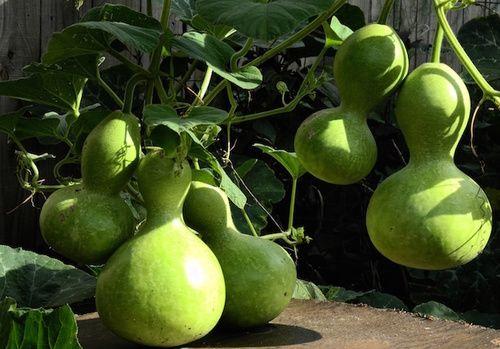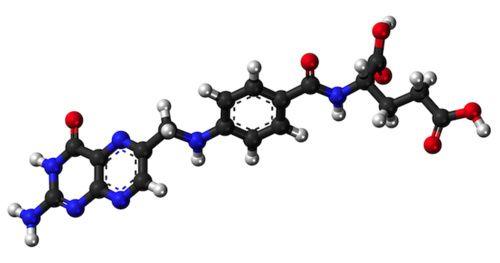La Calabash, or bottle gourd, is the fruit of the Lagenaria vulgaris plant. Rich in carbohydrates e Vitamin C and B, is useful for digestion, the weight control and in cases of weakness. Let's find out better.
> Calories, nutritional values and properties of Calabash
> Contraindications of Calabash
> How to eat Calabash

Description of the fruit
In el country it is called flask gourd or bottle gourd, due to the ancient use that was reserved for it, the calabash (Lagenaria vulgaris) is a climbing cucurbitacea, therefore a relative of pumpkins and melons.
fruits which can be harvested at maturity for food or be left to dry on the plant, with different purposes such as producing tools, containers, pipes or musical instruments.
It is native to Africa but human migrations have caused it to spread to various continents, where it often adapts especially in tropical or subtropical environments. The flavor is sweet and delicate, revealing a relationship with the courgette.
Calabash, ally of
Digestion, weight control, cases of weakness, fatigue and dehydration.
Calories, nutritional values and properties of calabash
100 grams of calabash contain 14 calories.
Furthermore, for 100 g of this product, we have:
- Lipids 0 g
- Cholesterol 0 mg
- Sodium 2 mg
- Potassium 150 mg
- Glucid 3,4 g
- Dietary fiber 0,5 g
- 0,6 g protein
- Vitamin A 16 IU
- Vitamin C 10,1 mg
- Calcium 26 mg
- Iron 0,2 mg
- Magnesium 11 mg
In the composition of the calabash gourd the r stands out above allcarbohydrate dryness, the moderate presence of vitamin C (which makes it a moderately antioxidant food) and vitamins of the B group, and finally of various minerals, above all zinc, but also potassium, manganese and magnesium.
Has a very low calorie intake, and for this reason it is indicated for diets related to weight control. In many countries it is recommended for pregnant women for her rregulate folic acid intake. It helps to resolve cases of constipation and is excellent in case of poor digestion.
I young climbing branches they are also edible after cooking and in them there is a concentration of vitamins and minerals higher than in the fruit.
Where is folic acid found and when to take it

Contraindications of Calabash
In all cucurbits, to which the calabash is no exception, they can be found traces of some potentially cytotoxic glucosides, grouped with the generic name of cucurbitacine.
Alongside their antioxidant and analgesic powers, they can lead to phenomena of inhibition of DNA synthesis. These substances can also contribute in predisposed subjects (in the great majority of cases diabetic people) to cause ulcers.
An alarm bell of the excessive content of cucurbitacins is an unnatural bitter taste of the fruit, given by the chemical transformations due to excessive ripening.
Curiosity
- It is the raw material to create the resonance boxes of many instruments, such as the Brazilian berimbau, the sitar and various Indian vina, the African kora.
- The calabash squash shares its name with another plant, the Crescentia cujete, called calabashtree or calabash tree, with which however it has nothing to do.
How to eat calabash
Calabash is used in countless cuisines all over the world. In India it comes peeled and cooked in soups or creams to be added to rice and sweet and sour chutneys are prepared with the peel.
In Chinese cuisine it is consumed peeled and fried, or in soups and soups with the peel. In Japan, smaller fruits are preferred, dried and marinated to accompany the steamed vegetables.
In Indonesia and in the Indochinese countries we love also consume its leaves and young branches in spicy soups. In the country, where it is generally called cucuzza or water gourd, it is used neither more nor less like the sweet gourd.
In South America this is normal eat it roasted or toasted, or sauteed with rice. We can also find it in numerous other Polynesian, Central Asian, African, North American cuisines, in most of which it is consumed after boiling.
READ MORE
The properties, benefits and contraindications of the Siberian blueberry
In collaboration with Giacomo Colomba
| Flowerpictures.net


























